SIS / SVIS Resource Page
Welcome to a resource page for Social Integration and Social Vocational Integration teachers.
When supporting student’s with developmental disabilities, teachers can achieve significant progress by proactively managing the learning environment to prevent behavior issues and facilitate learning. However, some students may face challenges in behavior or learning due to deficits in essential skills, such as social interaction abilities with peers. As a result, it is crucial to incorporate explicit skills training in deficit areas as a central component of the curriculum for student’s with developmental disabilities.
Below are common but helpful strategies and resources addressing neurodiverse students.
Strategies
Daily Schedules
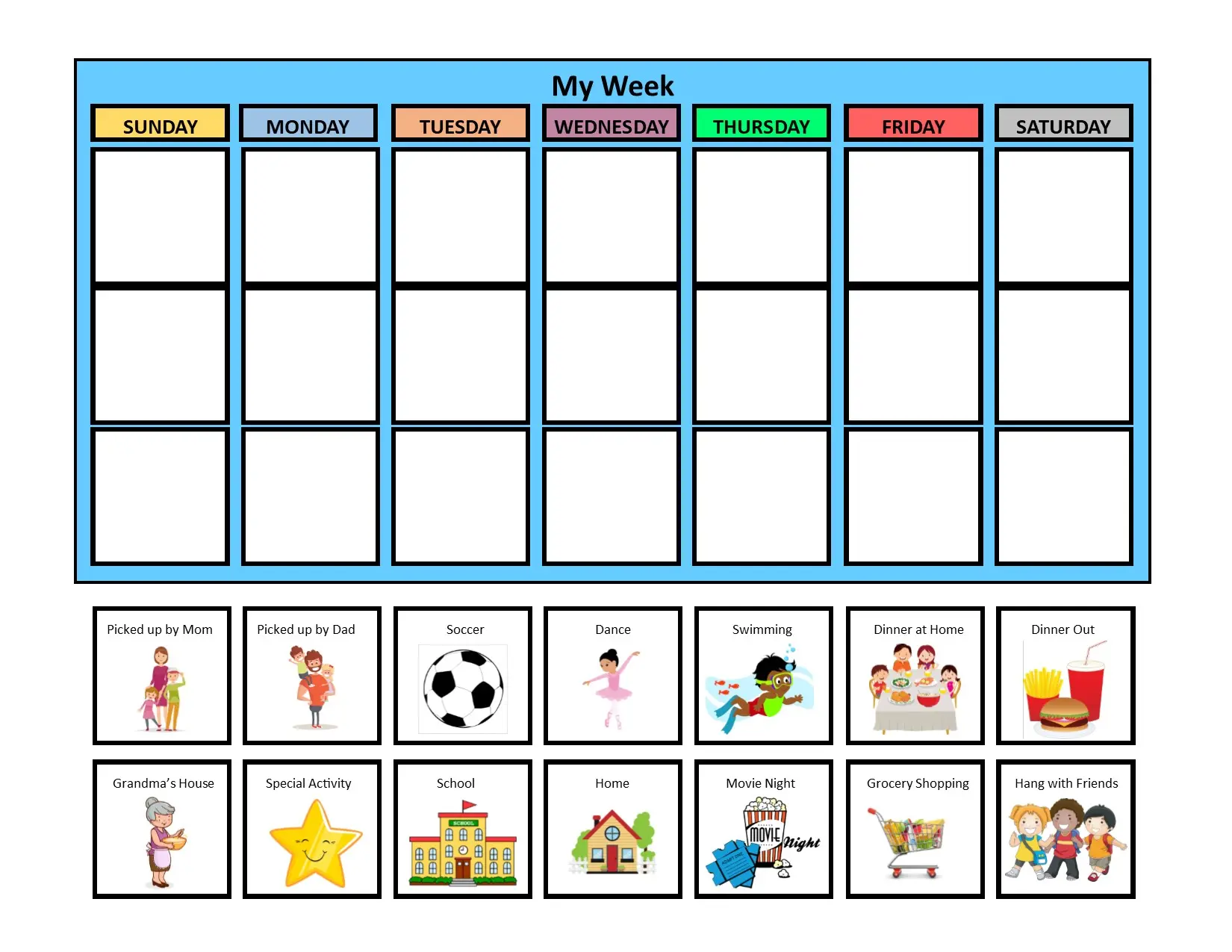
Daily Schedules
When creating the daily schedule, tailor the format to match the skill level of each student to ensure comprehension and ease of use. For a student who is not yet able to read or recognize pictures as...
View Strategy
Procedures for accessing materials
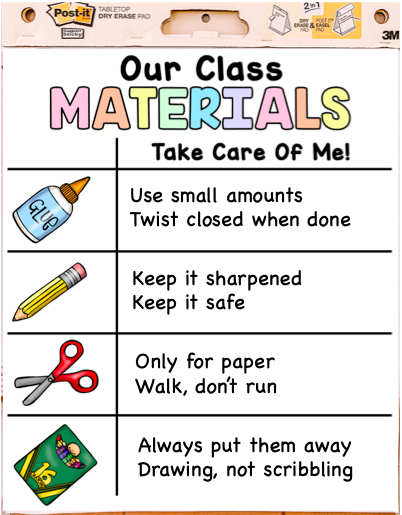
Procedures for accessing materials
Teach students the proper procedures for accessing materials, such as raising their hand, seeking teacher permission, and then retrieving a pencil from the supplies shelf. It’s important to provide...
View Strategy
Make classroom items easily accessible
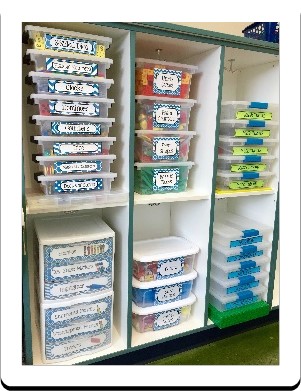
Make classroom items easily accessible
Additionally, make commonly used classroom items such as school supplies and games easily accessible by storing them on shelves or in transparent containers. Consider providing labels for these items using...
View Strategy
Clear boundaries

Clear boundaries
Clear boundaries can provide students with a better understanding of designated areas for specific activities, such as relaxation or studying. However, in reality, classroom spaces often serve multiple...
View Strategy
Implementing visual cues in the classroom
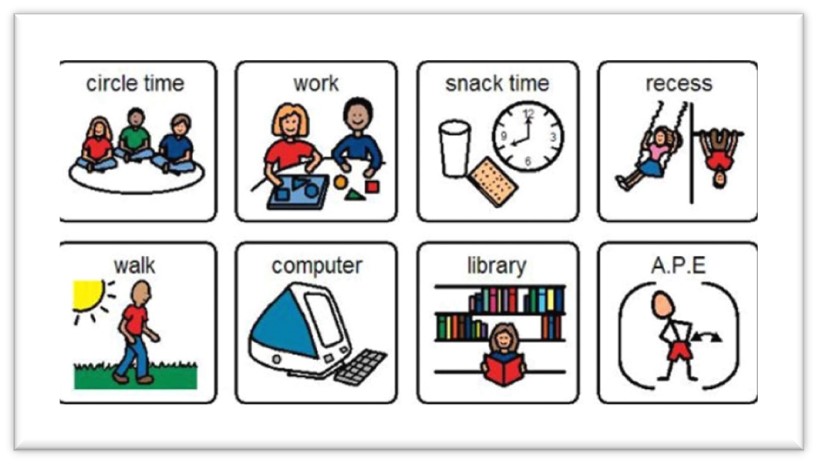
Implementing visual cues in the classroom
Implementing visual cues in the classroom, as suggested by Volmer (1995), can greatly enhance the independence of students with developmental disabilities by helping them navigate the physical environment...
View Strategy
Resources
Quebec Social Integration (QC SI) Network

Quebec Social Integration (QC SI) Network
Welcome, fellow Social Integration community member! We hope that this resource will help to shed some light on the program, provide you with valuable tools, guide your professional development, as well...
View Resource
A Guide to Life Skills Education for Adults with Intellectual Disabilities

A Guide to Life Skills Education for Adults with Intellectual Disabilities
Life skills benefit adults with intellectual disabilities the same way they benefit kids of all ability levels in primary school, Ph.D. students, presidential candidates, and retirees. Basically, life...
View Resource
A Practical Guide for Teaching Adults with Learning Difficulties
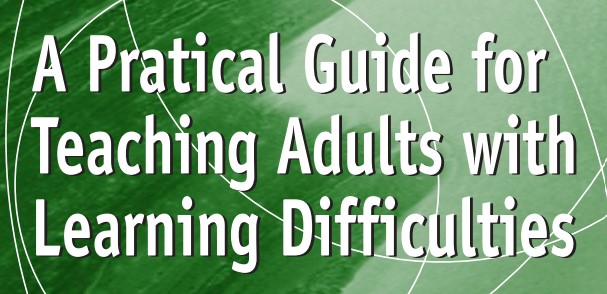
A Practical Guide for Teaching Adults with Learning Difficulties
This document is an adapted version (abridged and modified) of A Practical Guide for the Teaching of Literacy to Adults With Learning Difficulties. It is not always easy to summarize a document, especially...
View Resource
